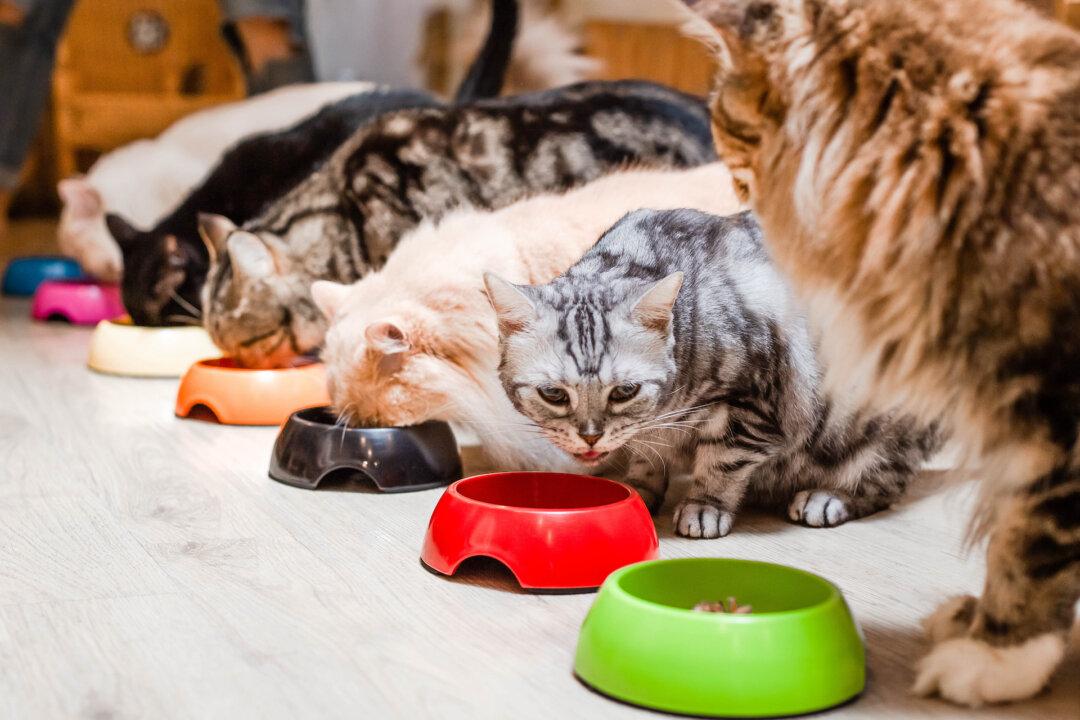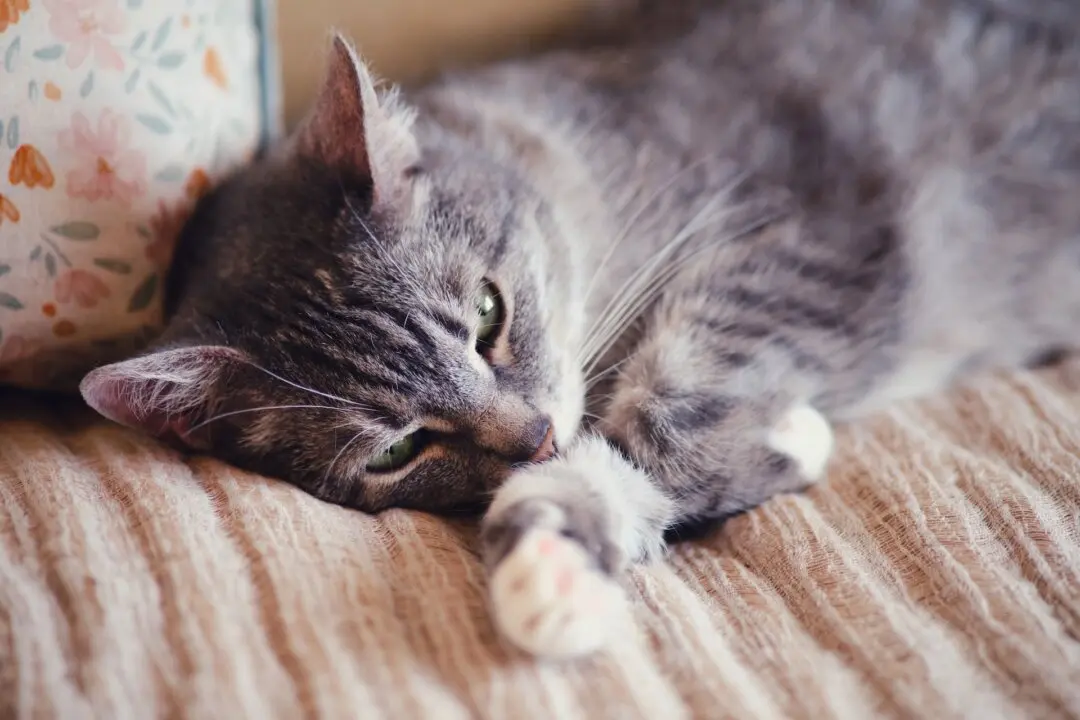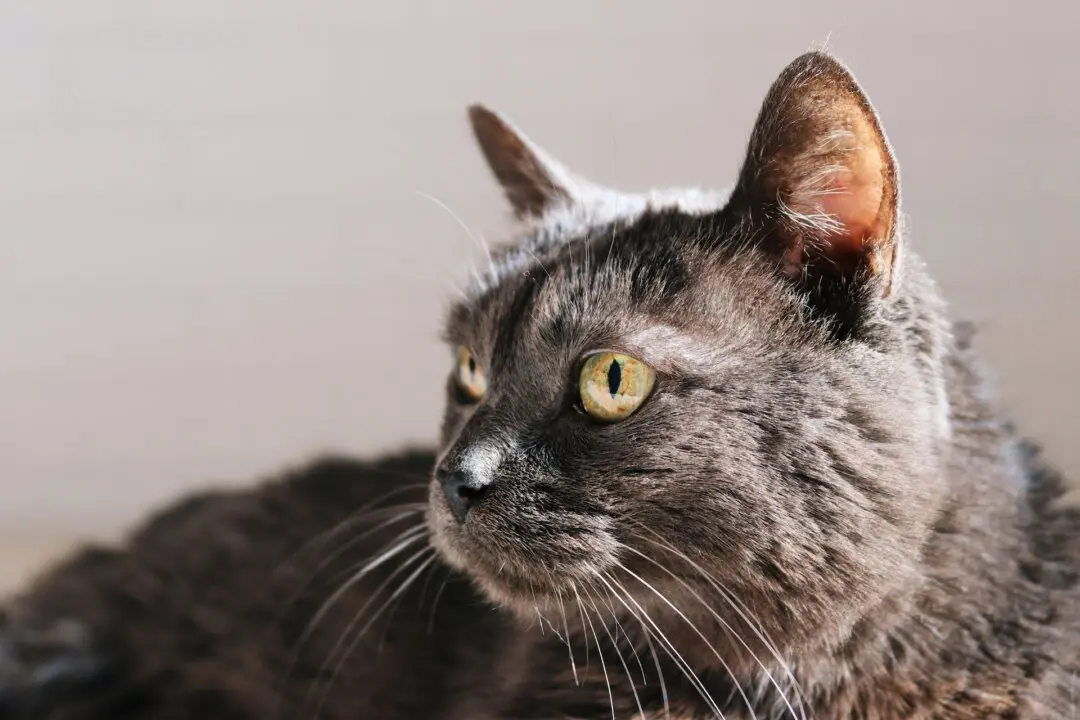Q: My neighbor has more cats than I can count, so I assume she’s a hoarder. Should I intervene? If so, how?
A: Just having many cats doesn’t make your neighbor a hoarder. What would make her a hoarder is having more cats than she can properly care for.





